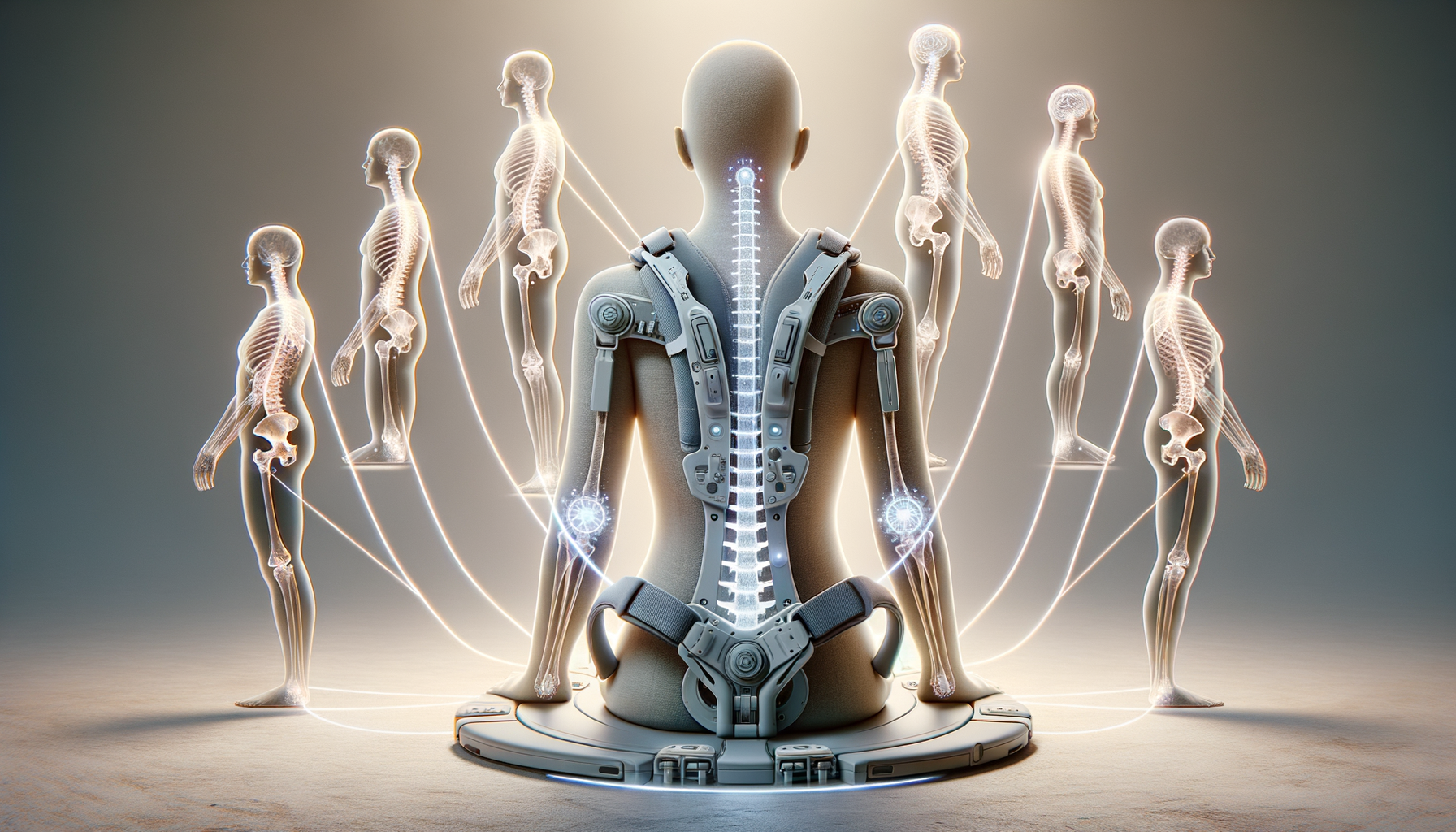5 Poor Posture Symptoms and How Posture Correction Devices Really Work
Understanding the Importance of Good Posture Posture is more than just standing up straight; it is a critical component of overall health and well-being. Good posture ensures that your body is aligned properly, reducing strain on muscles and joints. This alignment helps in preventing injuries and can even improve your breathing and digestion. In our

Understanding the Importance of Good Posture
Posture is more than just standing up straight; it is a critical component of overall health and well-being. Good posture ensures that your body is aligned properly, reducing strain on muscles and joints. This alignment helps in preventing injuries and can even improve your breathing and digestion. In our modern lifestyle, where many spend hours hunched over computers or mobile devices, maintaining good posture is increasingly challenging yet essential.
Good posture is not just about aesthetics. It plays a crucial role in reducing back and neck pain, enhancing concentration, and boosting self-confidence. By aligning the spine correctly, you allow your body to function optimally, which can significantly impact your energy levels and mood.
Common Symptoms of Poor Posture
Poor posture can manifest in various ways, often leading to discomfort and health issues. Recognizing these symptoms can be the first step towards correction:
- Back and Neck Pain: Persistent pain in these areas is a common indicator of poor posture.
- Headaches: Tension headaches can result from straining muscles due to improper posture.
- Fatigue: Misalignment can lead to muscle fatigue, causing overall tiredness.
- Rounded Shoulders: This physical sign often accompanies poor posture habits.
- Forward Head Position: This is when the head is positioned in front of the body’s center of gravity, leading to strain.
Addressing these symptoms early can prevent long-term health issues and improve quality of life.
How Posture Correction Devices Work
Posture correction devices are designed to help align the spine and improve posture over time. These devices come in various forms, including braces, straps, and wearable technology. They work by gently pulling the shoulders back, aligning the spine, and providing support to the back muscles.
Some advanced devices incorporate sensors and technology to alert the wearer when they are slouching, promoting awareness and encouraging better posture habits. By consistently using these devices, users can train their muscles to maintain proper posture even when not wearing the device.
Choosing the Right Posture Correction Device
When selecting a posture correction device, consider factors such as comfort, material, and ease of use. It’s important to choose a device that fits well and does not restrict movement. Look for adjustable options that can be tailored to your body size and shape.
Consulting with a healthcare professional can also provide guidance on the most suitable type of device for your specific needs. Remember, the goal is to support your posture without causing additional strain or discomfort.
Conclusion: Embracing Better Posture for a Healthier Life
Improving posture is a journey that requires commitment and the right tools. By understanding the importance of good posture and recognizing the symptoms of poor posture, individuals can take proactive steps towards better health. Posture correction devices offer a practical solution to aid in this process, promoting alignment and reducing discomfort.
Incorporating regular posture exercises and being mindful of body alignment in daily activities can complement the use of posture correction devices, leading to long-term benefits and a healthier lifestyle.